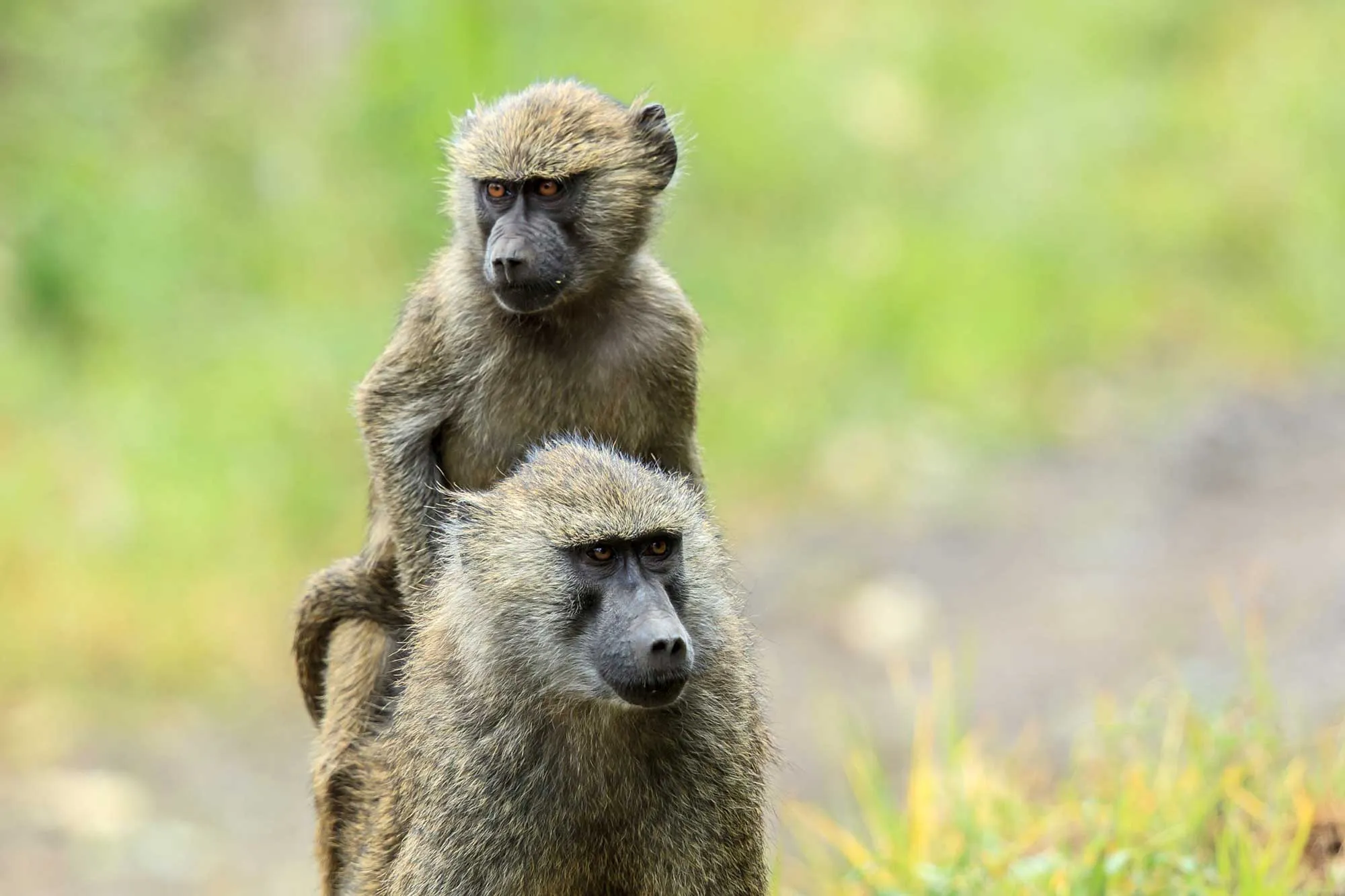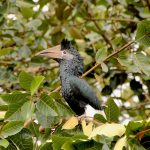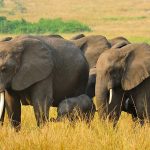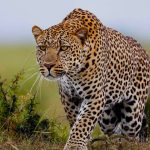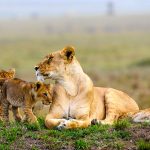The Olive Baboons of Uganda: A Fascinating Study of Primate Behavior and Conservation Efforts
Olive baboons, scientifically known as (Papio Anubis), are fascinating primates that inhabit various regions in East Africa, including Uganda. These social animals are part of the larger family of Old World monkeys and are renowned for their complex social structures, adaptability, and intelligence. In Uganda, these baboons can be found in National Parks and forested areas, where they play a significant role in the ecosystem.
Overview and Habitat – The Olive Baboons (Papio Anubis) in Uganda
Olive baboons are widely distributed across sub-Saharan Africa, thriving in a variety of habitats, from savannas to semi-arid regions. In Uganda, they can be spotted in several locations, notably in National Parks such as Murchison Falls National Park, Kibale National Park, and Queen Elizabeth National Park. These areas provide the baboons with a diverse habitat ranging from woodlands to grasslands, enabling them to find food, water, and shelter.
Physical Characteristics:
These baboons have distinctive physical features. Their fur is predominantly olive-green or yellowish-brown, giving them their name. They have hairless faces, with long muzzles and pronounced dog-like noses. Adult males are notably larger than females, and both sexes have dog-like canines that they use for defense and competition within their social groups.
Social Structure – The Olive Baboons (Papio Anubis) in Uganda
Olive baboons live in complex societies with intricate social structures. They form troops led by a dominant male, who ensures the safety and order of the group. Troops typically consist of females, their offspring, and a few dominant males. Within the troop, relationships are built through grooming, vocalizations, and body language, which all play vital roles in their communication and social bonding.
Diet and Behavior – The Olive Baboons (Papio Anubis) in Uganda
Their diet is omnivorous, consisting of fruits, seeds, leaves, insects, small mammals, and occasionally, small vertebrates. They are opportunistic feeders, adapting their diet to the available resources. Baboons are diurnal, being most active during the day, foraging for food and socializing.
Challenges and Conservation:
While these baboons are not considered endangered, they face several challenges. Habitat loss due to human activities, including deforestation and encroachment, poses a threat to their populations. Additionally, conflicts with humans over crops and food resources can lead to negative interactions, sometimes resulting in harm to both baboons and humans.
Research and Conservation Efforts:
Conservationists and researchers in Uganda conduct studies to better understand the behavior, ecology, and genetics of olive baboons. This research aids in conservation efforts, enabling better protection and management of their habitats.
Tourism and Education – The Olive Baboons (Papio Anubis) in Uganda
Olive baboons contribute to the ecotourism industry in Uganda. Tourists visit National Parks to witness these fascinating creatures in their natural habitat, providing economic benefits to the region. Moreover, they serve as educational tools, helping people understand the importance of conserving wildlife and preserving natural habitats.
Olive baboons play a crucial role in the ecosystem as seed dispersers, maintaining the balance of various plant species. Understanding and protecting these primates in Uganda is not only important for their survival but also for the overall health and diversity of the ecosystem.

